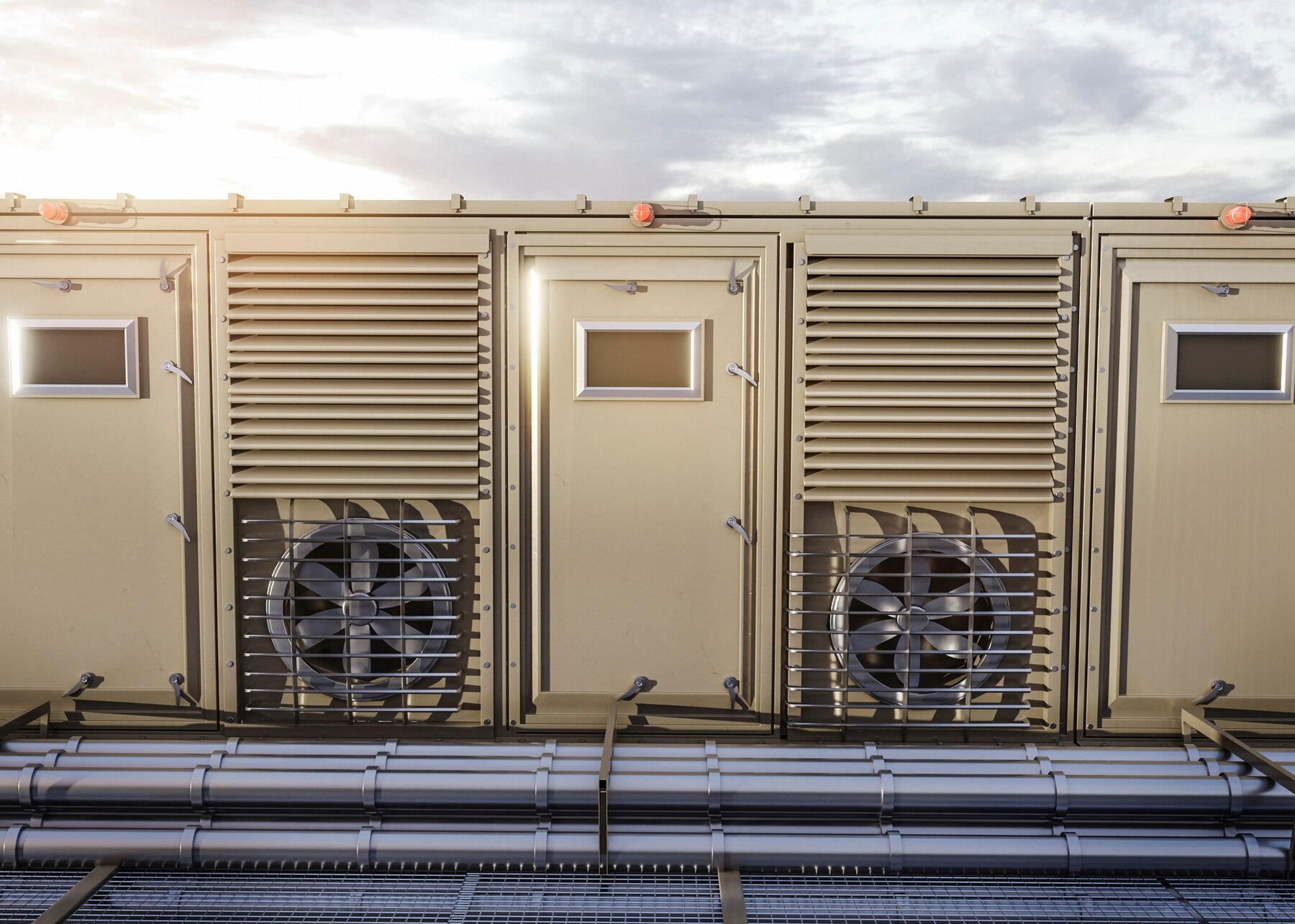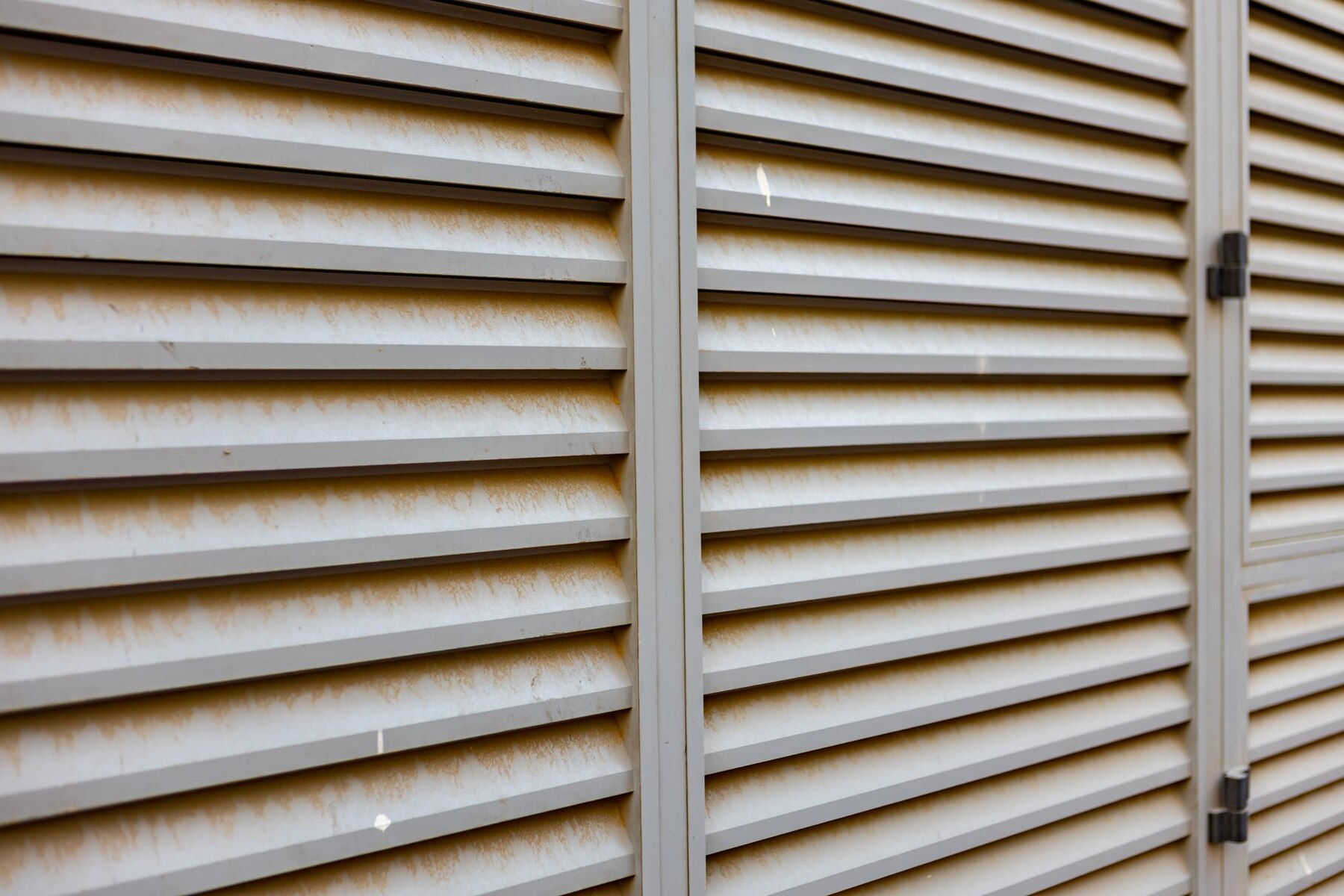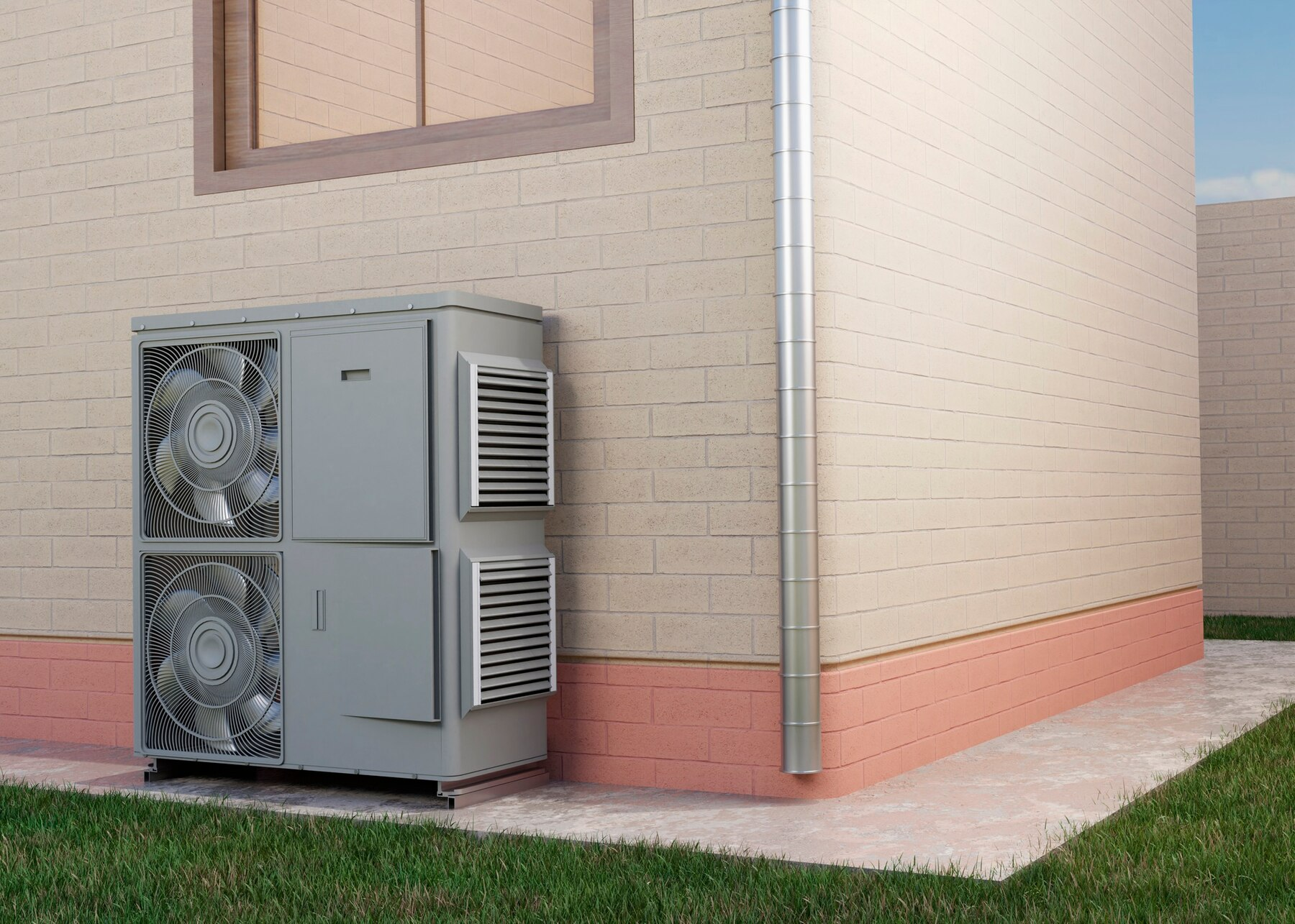
Drainable vs. Non Drainable Louvers
Louvers play a pivotal role in the architectural design and functionality of modern buildings. They are essential components that not only facilitate airflow, but they also protect against environmental elements. Within this context, the distinction between drainable and non-drainable louvers is critical. Although they serve similar functions, these louver typeshave key distinctions. Understanding the characteristics, benefits, and applications of both types can help architects and builders make informed decisions.

What are Louvers?
Louvers are architectural elements that consist of a series of parallel slats or blades that are designed to regulate light, air, and sometimes rain, entering a space.
They are commonly used in windows, doors, and as standalone elements in building facades. The primary function of louvers is to maintain proper airflow while protecting the interior from water, debris, and other external factors.
Key Aspects of Drainable Louvers
Drainable louvers are designed with a mechanism to channel water away from the airflow paths. Preventing rain and water from entering ductwork is a key function of many louvers. Drainable louvers feature gutters or troughs within their structure. The gutters channel water to drains in the frame of the louver and allow water to drain off effectively.
This design is particularly advantageous in areas with heavy rainfall, as it prevents water from entering the building while also maintaining air circulation. Since the water is channeled away in a controlled manner, it is less likely to be swept back up into the air stream and carried into the building. The main advantage of drainable louvers lies in their ability to reduce water penetration, which protects the building's interior and structure from moisture-related damage.
Non-Drainable Louvers: Definition and Features
Non-drainable louvers, in contrast, do not have built-in water drainage features. They are simpler in design and are typically used in environments where water ingress is not a significant concern. Since these louvers do not have water management features, water must drain down the face of the louver. As the water falls from blade to blade of the louver, passing air is likely to push the falling water into the building. The advantage of non-drainable louvers is their straightforward design and installation process, which makes them a cost-effective option for many projects.
Comparative Analysis: Drainable vs Non-Drainable Louvers

The choice between drainable and non-drainable louvers hinges on several factors. Drainable louvers, with their enhanced water management capabilities, are ideal for regions with high precipitation. They ensure that water is effectively redirected away from the building to maintain a dry and healthy indoor environment. Non-drainable louvers, being less complex, are more suitable for drier climates or in situations where additional protective measures against water are in place.
Factors to Consider When Choosing Between Drainable and Non-Drainable Louvers
Selecting the right type of louver involves considering the building’s location, climate, and architectural design. Factors like the expected level of rainfall, the direction of prevailing winds, and the specific ventilation requirements of the building play crucial roles in this decision. Budget constraints, maintenance expectations, and aesthetic preferences are also important considerations.
Maintenance and Upkeep
Maintenance for both drainable and non-drainable louvers includes regular cleaning to remove debris and ensure clear airflow. For drainable louvers, it’s crucial to check and clear the drainage paths to prevent blockages that could lead to water buildup. Debris in gutters or drains can render them ineffective. Non-drainable louvers, while less complex, still require inspection to ensure that the slats remain clean and effective in directing air and light.
Both types of louvers will often have bird or bug screens as well to prevent debris or pests from passing through the louvers. While effective, these screens can trap debris and must be cleaned periodically. Without cleaning, buildups can occur to the point where total blockage happens.
Innovations and Trends in Louver Design
The louver industry is witnessing innovations aimed at enhancing efficiency and aesthetics. Advances in materials and design are leading to more durable, effective, and visually appealing louvers. Smart louvers, which can adjust their angle based on weather conditions and sunlight, are an example of an emerging trend that blends functionality with energy efficiency. Improved louver blade design continues to result in higher performing louvers that can reduce moisture infiltration with less and less impact on pressure drop.
Louvers: Making the Right Choice
The decision between drainable and non-drainable louvers is a critical aspect of building design and functionality. Each type offers distinct advantages and is suited to different environmental conditions and architectural needs. Understanding their differences and applications is key to ensuring that the chosen louver type aligns well with the building’s overall design objectives and climatic challenges.
As the industry continues to evolve, so do the options for effective and aesthetically pleasing ventilation solutions. Whether opting for the water management efficiency of drainable louvers or the simplicity of non-drainable options, the key is to make an informed choice that balances practicality, cost, and architectural harmony.
